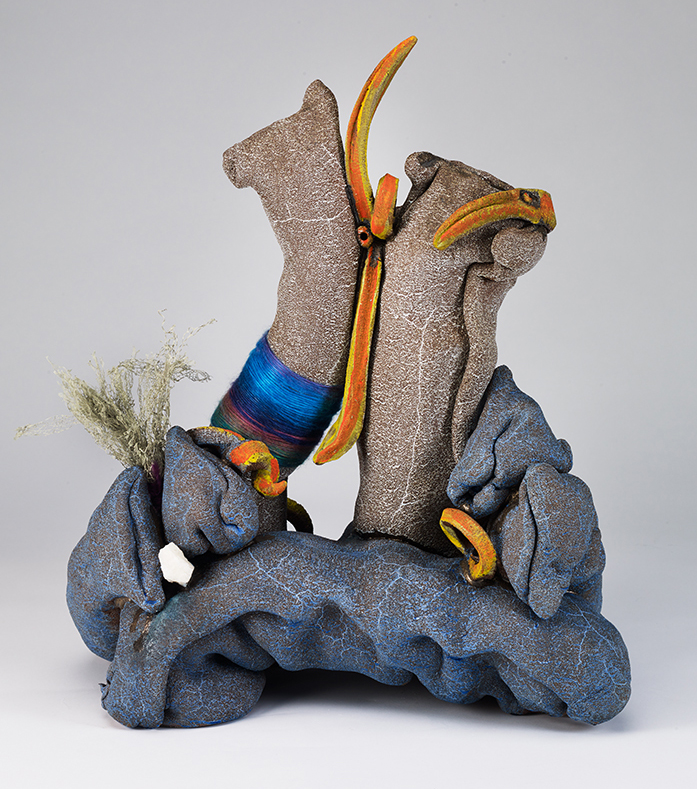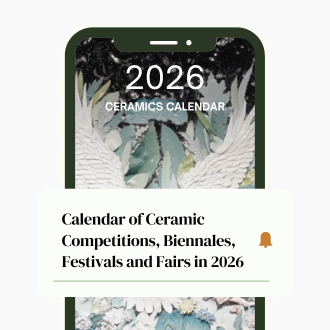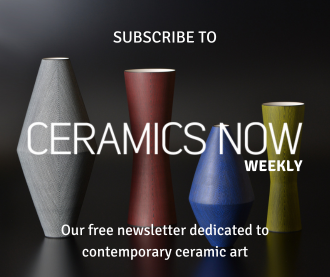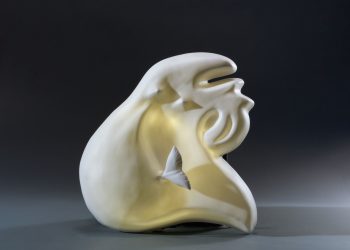Ashwini Bhat is an artist born in southern India who currently lives and works in the Bay Area, California. She holds an M.A degree in literature and had an earlier career in classical Indian dance. Bhat’s work explores the entangled relationship between the human and non-human, between the constructed and the inherent. She often introduces radical but somehow familiar forms to suggest the complex interplay between landscape, human, and non-human forms.
Bhat is awarded with McKnight Foundation Residency Fellowship for 2021 and was a recipient of Howard Foundation Award in 2014. Her work has been exhibited nationally & internationally and can be seen in collections at the Newport Art Museum, USA; Shigaraki Ceramic Cultural Park, Japan; FuLe International Ceramic Art Museum, China; the Watson Institute at Brown University, USA; New Bedford Historical Society, USA; Daugavplis Mark Rothko Centre, Latvia, and in many private collections. Her sculpture has been widely reviewed and featured in Brooklyn Rail (USA), Lana Turner: a Journal of Poetry and Opinion (USA), Riot Material (USA), Ceramic Art and Perception (USA/Australia),, Ceramics Ireland (Ireland), New Ceramics (Germany), Caliban (USA), Crafts Arts International (Australia), The Studio Potter (USA), Logbook (Ireland), and Ceramics Monthly (USA). Her work is exhibited in Shoshana Wayne Gallery, Lucy Lacoste Gallery, and Cavin-Morris Gallery.
Bhat is the guest curator for the 77th Scripps Annual, Ruth Chandler Williamson Gallery, Claremont, CA, 2022. Her work will be shown in Objects USA, NY in 2021 and at American Museum of Ceramic Art, CA in 2022.
Visit Ashwini Bhat’s website and Instagram profile.
Featured work
Selected works, 2017-2020

I’m not interested in creating a perfect object — if what defines an object is our removal from it. Instead, I’m searching for gestural links that emphasize what we share with the non-human world, how we are related not only to animals, but to trees, for instance. The awareness of our relatedness has ethical implications as we recognize that we, ourselves, are not masters set apart from everything else, but living communities of different organisms affected even by the inanimate world. I want my art to materialize a personal environment in which the suggestively biomorphic volumes of my sculptures, or my photographs and films, engage the viewer — so tactile apprehension leads to recognition, to contemplation, and to moments of exhilaration. If I’m not making art with some awareness of what is at stake in our time, I wouldn’t want to be an artist.













